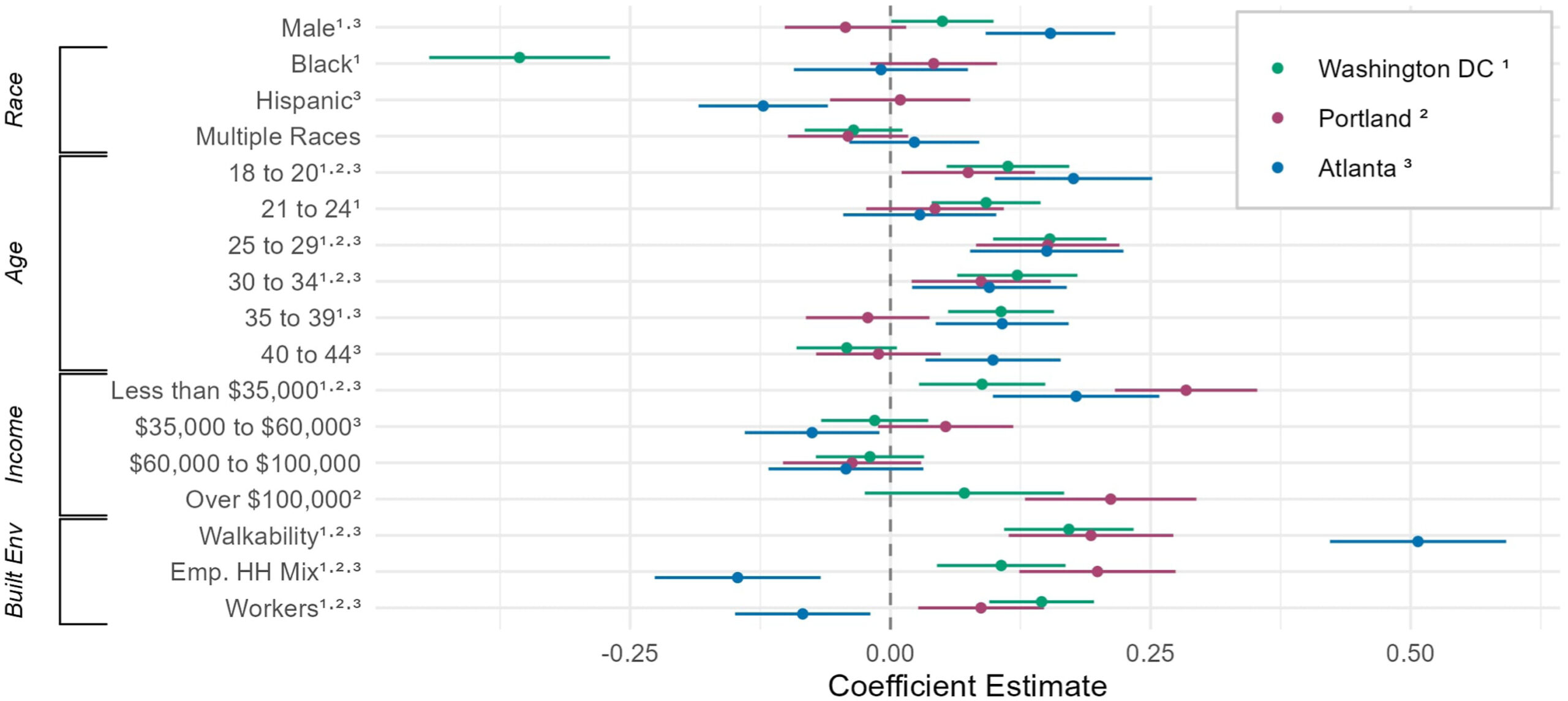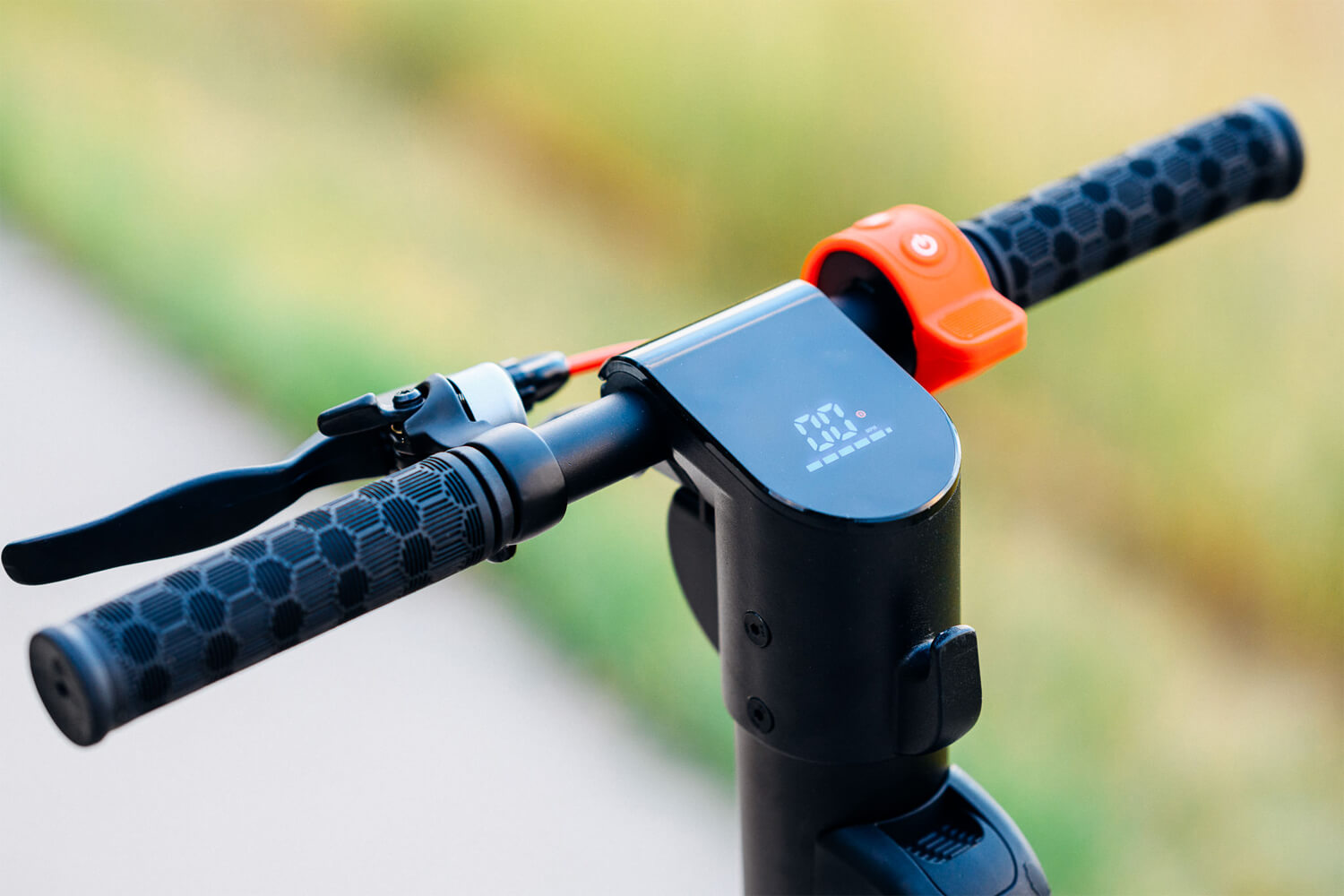Electric scooters have become an integral part of urban transportation in North American cities, evolving from novelty items to reliable means of short-distance travel. However, the rise of these micromobility services raises important questions about inclusivity and the demographics of their users. Previous studies have looked at who’s riding e-scooters but haven’t deeply explored how user characteristics vary from city to city. In a recent paper published in Environment and Planning B, Priyanka Verma examined e-scooter riders across three major U.S. cities, using advanced spatial analysis methods to uncover the socio-demographic profiles of users and how these vary regionally. Her findings reveal that while younger individuals are the primary users in all examined cities, significant regional differences exist in usage based on gender, income, and race, with Black and Hispanic communities less likely to use e-scooters. This study not only provides a clearer picture of e-scooter ridership but also highlights the need for these services to address and overcome barriers to access for underserved populations.
Read the full open-access publication here: https://doi.org/10.1177/23998083241240195


